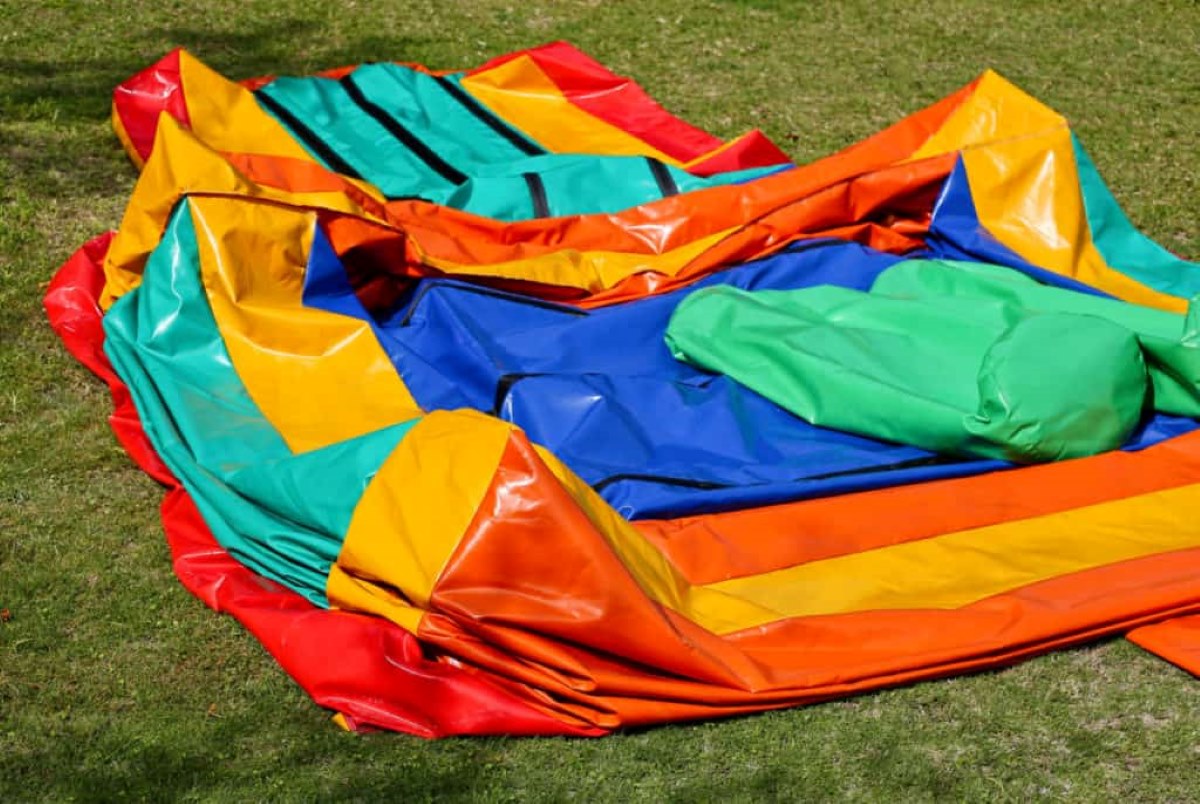

Articles
How To Store A Bounce House
Modified: January 5, 2024
Discover helpful articles on how to properly store a bounce house for long-lasting use and maintenance.
(Many of the links in this article redirect to a specific reviewed product. Your purchase of these products through affiliate links helps to generate commission for Storables.com, at no extra cost. Learn more)
Introduction
A bounce house is a popular and exciting addition to any outdoor event or party. Whether you own a bounce house for personal use or operate a rental business, proper storage is essential to extend its lifespan and ensure it remains in good condition for years to come.
Storing a bounce house may seem like a simple task, but there are important steps to follow to ensure you do it correctly. This article will guide you through the process of storing a bounce house, from choosing the right location to performing regular maintenance. By following these steps, you can ensure that your bounce house stays clean, safe, and ready for the next use.
Key Takeaways:
- Properly storing a bounce house is crucial for its longevity. Choose a clean, dry, and accessible storage location, and follow thorough cleaning and drying processes to prevent mold and mildew.
- Regular maintenance, including inspection, cleaning, and prompt repairs, is essential for preserving the bounce house’s quality and safety. Proper storage and care will ensure years of fun and entertainment.
Read more: How To Store Bounce House
Choosing the Right Location
Before storing your bounce house, it’s important to choose the right location. This will ensure that the bounce house is protected from the elements and potential damage. Here are some factors to consider when selecting a suitable storage location:
- Indoor vs. Outdoor: If possible, it’s recommended to store your bounce house indoors. This will provide maximum protection from rain, sunlight, wind, and other outdoor elements. However, if indoor storage is not an option, you can choose an outdoor location, but make sure to take appropriate measures to protect the bounce house.
- Climate Control: If you are storing the bounce house indoors, consider a location with climate control. Extreme temperatures can cause damage to the material and affect the overall structure of the bounce house. Optimal temperature range for storage is usually between 40°F and 80°F.
- Space Availability: Choose a storage location with enough space to accommodate the size of the bounce house when deflated. The area should be clean, dry, and free from sharp objects or potential hazards that could puncture or damage the bounce house.
- Accessibility: Consider the accessibility of the storage location. You will need to be able to easily move the bounce house in and out of storage when needed. Choosing a location with a large door or entrance will make the process more convenient.
Once you have chosen the right location for storing your bounce house, you can move on to the next steps of the storage process. Remember, selecting the appropriate storage location will help prolong the life of your bounce house and ensure it stays in optimal condition for future use.
Cleaning and Drying the Bounce House
Before storing your bounce house, it’s crucial to thoroughly clean and dry it to prevent mold, mildew, and unpleasant odors from developing. Follow these steps to ensure your bounce house is clean and ready for storage:
- Remove any debris: Start by removing any dirt, leaves, or other debris from the surface of the bounce house. Use a broom or a soft brush to gently sweep away the loose particles. Pay special attention to the seams and corners of the bounce house.
- Sanitize the bounce house: Once you have removed the debris, use a mild detergent mixed with water to clean the bounce house. Avoid using harsh chemicals that can damage the material. Gently scrub the surface using a soft cloth or sponge, paying extra attention to areas that may have stains or spills. Rinse off the detergent with clean water and allow the bounce house to air dry completely.
- Deflate the bounce house: Before storing, ensure that the bounce house is completely deflated. Follow the manufacturer’s instructions to deflate it properly. Release the air from all the chambers and make sure there is no air trapped inside.
- Dry the bounce house: After deflating, it’s essential to dry the bounce house thoroughly. Wipe down the surface with a clean, dry cloth to remove any moisture. Pay close attention to the seams and corners, as these areas can harbor moisture and lead to mold growth. Allow the bounce house to air dry in a well-ventilated area until it is completely dry. This will help prevent the development of mold and mildew.
By following these steps to clean and dry your bounce house, you can ensure that it is stored in a clean and hygienic condition, ready for the next use. Taking the extra time to properly clean and dry the bounce house will help preserve its quality and extend its lifespan.
Deflating the Bounce House
Properly deflating your bounce house is a crucial step to ensure it can be safely stored without taking up excessive space. Here are the steps to follow when deflating your bounce house:
- Secure the entrance: Before deflating, make sure to secure the entrance of the bounce house to prevent any accidental entry or damage to the interior. You can use straps, ropes, or clips to secure the door.
- Disconnect the blower: Locate the blower, which is responsible for keeping the bounce house inflated. Disconnect the blower from the bounce house, ensuring that all power sources are turned off and unplugged to avoid any electrical accidents.
- Remove any remaining air: Even after disconnecting the blower, some air may remain inside the chambers of the bounce house. Gently press down on the bounce house to release any trapped air. You can also use your hands to massage the bounce house to expel the air more effectively.
- Fold the bounce house: Start folding the bounce house from one end to the other, using a method that minimizes air pockets and keeps the material from getting excessively creased. It’s generally recommended to fold the bounce house in thirds or quarters, depending on its size. The goal is to achieve a compact and manageable shape for storage.
- Secure the folded bounce house: Once the bounce house is folded, secure it with straps or bungee cords to keep it in place and prevent it from unfolding during storage. This will help maintain its compact form and make it easier to handle when you need to transport or set it up again.
By following these steps to deflate your bounce house properly, you can ensure that it is ready for storage without taking up unnecessary space. Taking the time to deflate and fold the bounce house correctly will contribute to its longevity and protect it from damage during storage.
When storing a bounce house, make sure it is clean and completely dry to prevent mold and mildew. Fold it carefully and store it in a dry, cool place away from direct sunlight.
Folding and Rolling the Bounce House
After deflating the bounce house, the next step is to properly fold and roll it. This will help to minimize its size and make it easier to store. Follow these steps for folding and rolling your bounce house:
- Lay the bounce house flat: Find a clean and spacious area where you can lay the bounce house flat. Make sure there are no sharp objects or debris that could puncture or damage the material.
- Start folding from one end: Starting from one end of the bounce house, fold it towards the center. The exact folding technique may vary depending on the size and shape of the bounce house, but the goal is to create compact, manageable sections.
- Create even folds: As you fold, ensure that the folds are even and aligned. This will help maintain the balance and prevent any excess material from bulging out.
- Roll it tightly: Once the bounce house is folded, begin rolling it tightly from one end to the other. Apply pressure as you roll to remove any remaining air and create a neat and compact roll.
- Secure the rolled bounce house: Use straps, bungee cords, or ropes to secure the rolled bounce house. This will help maintain its tight form and prevent it from unraveling during storage.
When folding and rolling the bounce house, it’s important to be careful and avoid any unnecessary strain on the material. Take your time to fold it properly and ensure that it is secure before moving on to the next step.
By following these steps, you can effectively fold and roll your bounce house, making it easier to store and transport. Properly folded and rolled, the bounce house will take up less space and remain in good condition until its next use.
Read more: What Is A Bounce House
Storing the Bounce House Properly
Now that your bounce house is deflated, folded, and rolled, it’s time to store it properly to ensure its longevity and protection. Here are some tips for storing your bounce house:
- Choose an appropriate storage container: Consider using a suitable storage container to protect your bounce house from dust, dirt, and potential damage. Look for a container that is large enough to accommodate the size of the bounce house when rolled. Ensure the container is clean and dry before placing the bounce house inside.
- Label the storage container: To easily identify the bounce house in storage, label the container with a clear and visible tag or label. Include any necessary information such as the size, type, and any specific instructions for handling or setup.
- Store in a cool, dry place: Find a storage location that is cool, dry, and free from extreme temperatures and humidity. This will help prevent mold, mildew, and other forms of damage. Avoid storing the bounce house in areas prone to moisture, such as basements or damp outdoor sheds.
- Avoid sharp objects: Make sure the storage area is free from sharp objects or potential hazards that could puncture or damage the bounce house. Keep the bounce house away from tools, metal objects, or anything that could cause tears or holes in the material.
- Keep it off the ground: When storing the bounce house, elevate it off the ground to protect it from moisture and pests. You can use pallets, shelves, or any other suitable means to keep the bounce house elevated and away from contact with the floor.
By following these storage tips, you can ensure that your bounce house remains in excellent condition while in storage. Proper storage will protect the bounce house from damage, maintain its quality, and make it easier to retrieve and set up for future use.
Regular Maintenance Tips
Regular maintenance is key to keeping your bounce house in optimal condition and extending its lifespan. Here are some essential maintenance tips to follow:
By following these maintenance tips, you can ensure that your bounce house remains in great condition, safe for use, and ready for many enjoyable occasions.
Conclusion
Properly storing a bounce house is essential for maintaining its longevity and protecting it from damage. By following the right steps, you can ensure that your bounce house stays clean, safe, and ready for future use. Remember these key points:
– Choose a suitable storage location, whether indoor or outdoor, that is clean, dry, and easily accessible.
– Thoroughly clean and dry the bounce house before storage to prevent mold, mildew, and odors.
– Deflate the bounce house properly, remove any remaining air, and fold it evenly to minimize its size.
– Secure the folded bounce house and roll it tightly to maintain its compact form.
– Store the bounce house in a suitable container or elevated area, away from sharp objects, and label it for easy identification.
– Regularly inspect, clean, and repair any damages, and ensure that the blower is in good working condition.
By following these steps and incorporating regular maintenance into your routine, you can ensure that your bounce house remains in excellent condition, prolonging its lifespan and maximizing its enjoyment value. Take the time to properly store and care for your bounce house, and it will continue to provide countless hours of fun and entertainment for years to come.
Frequently Asked Questions about How To Store A Bounce House
Was this page helpful?
At Storables.com, we guarantee accurate and reliable information. Our content, validated by Expert Board Contributors, is crafted following stringent Editorial Policies. We're committed to providing you with well-researched, expert-backed insights for all your informational needs.
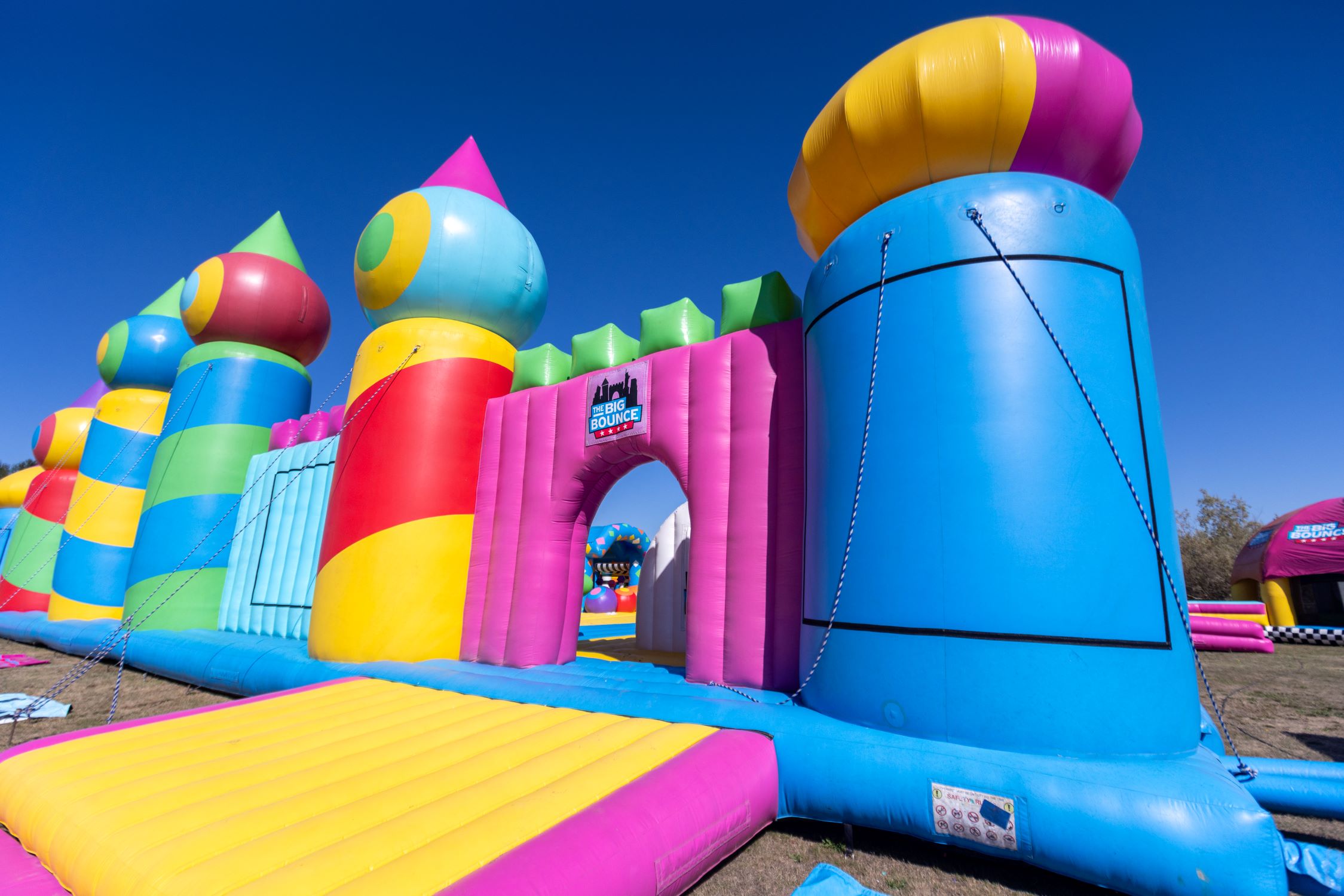
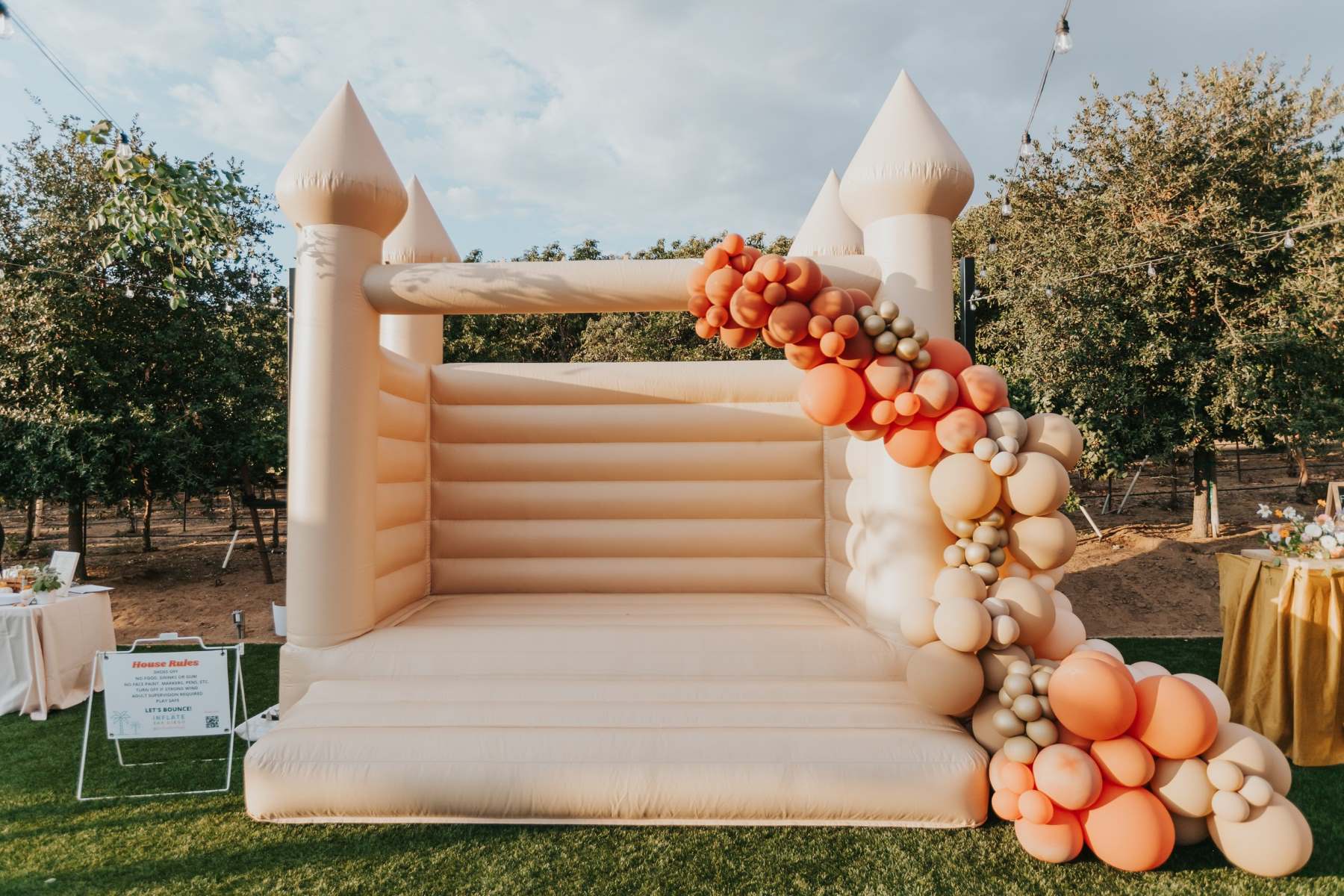
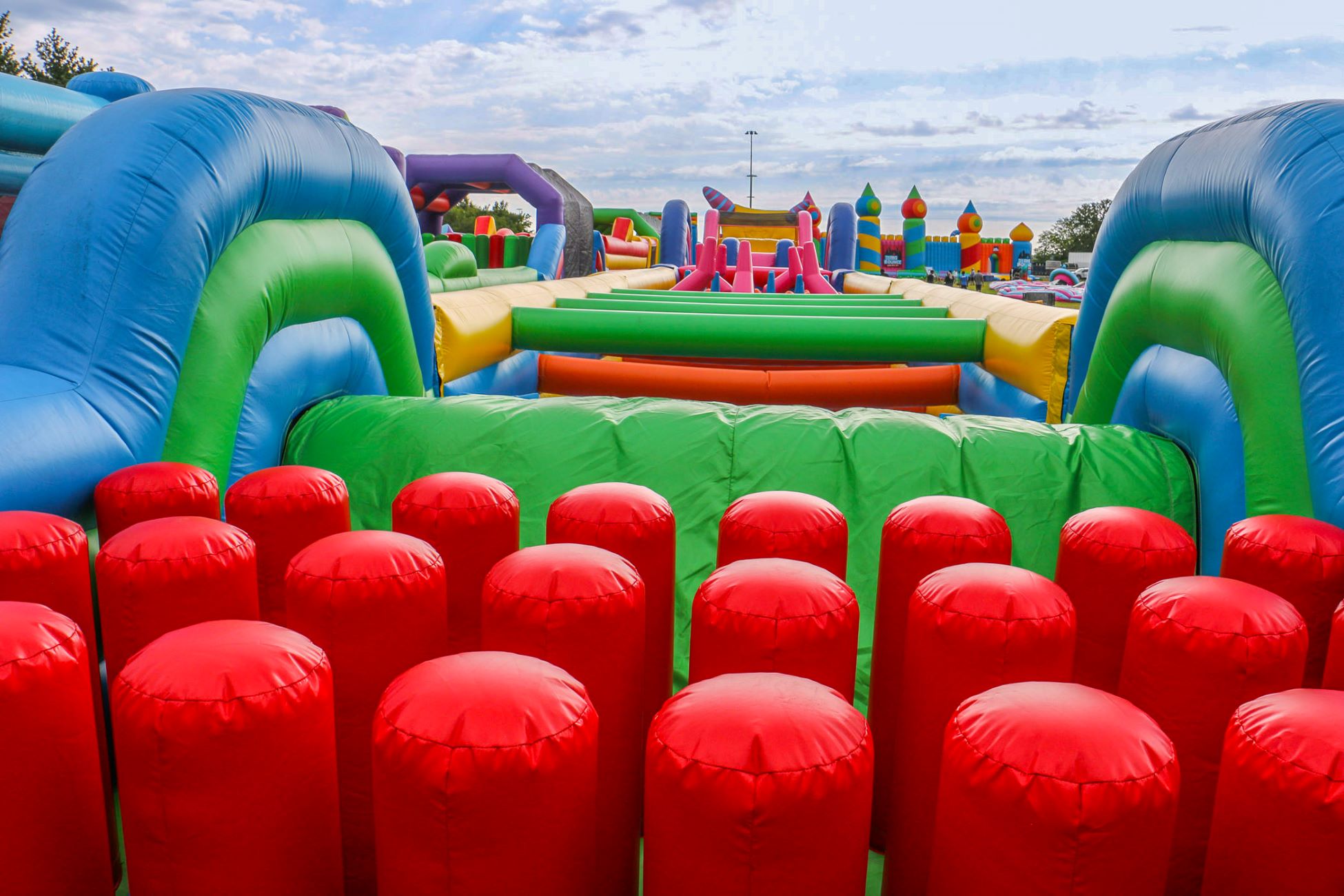

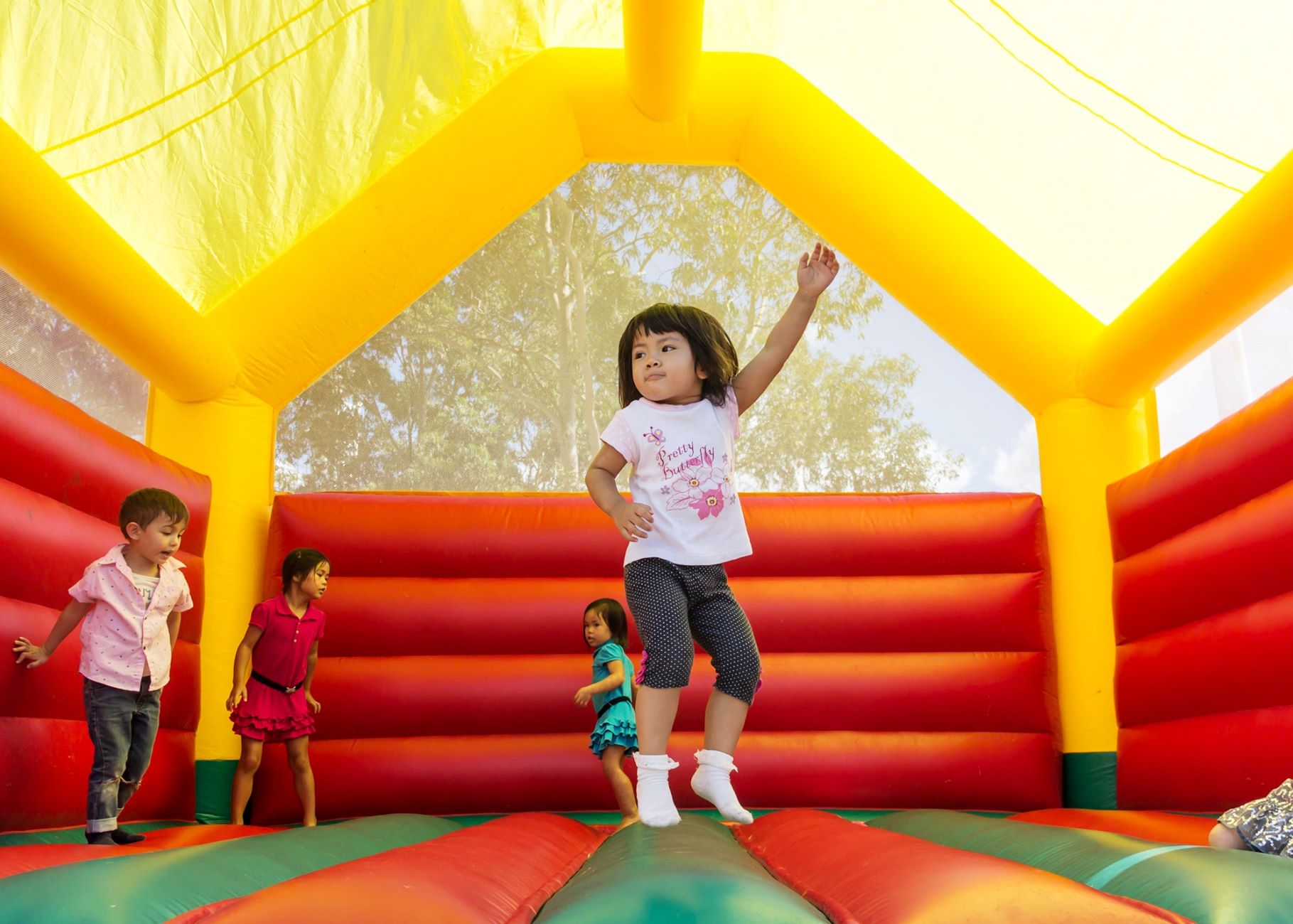
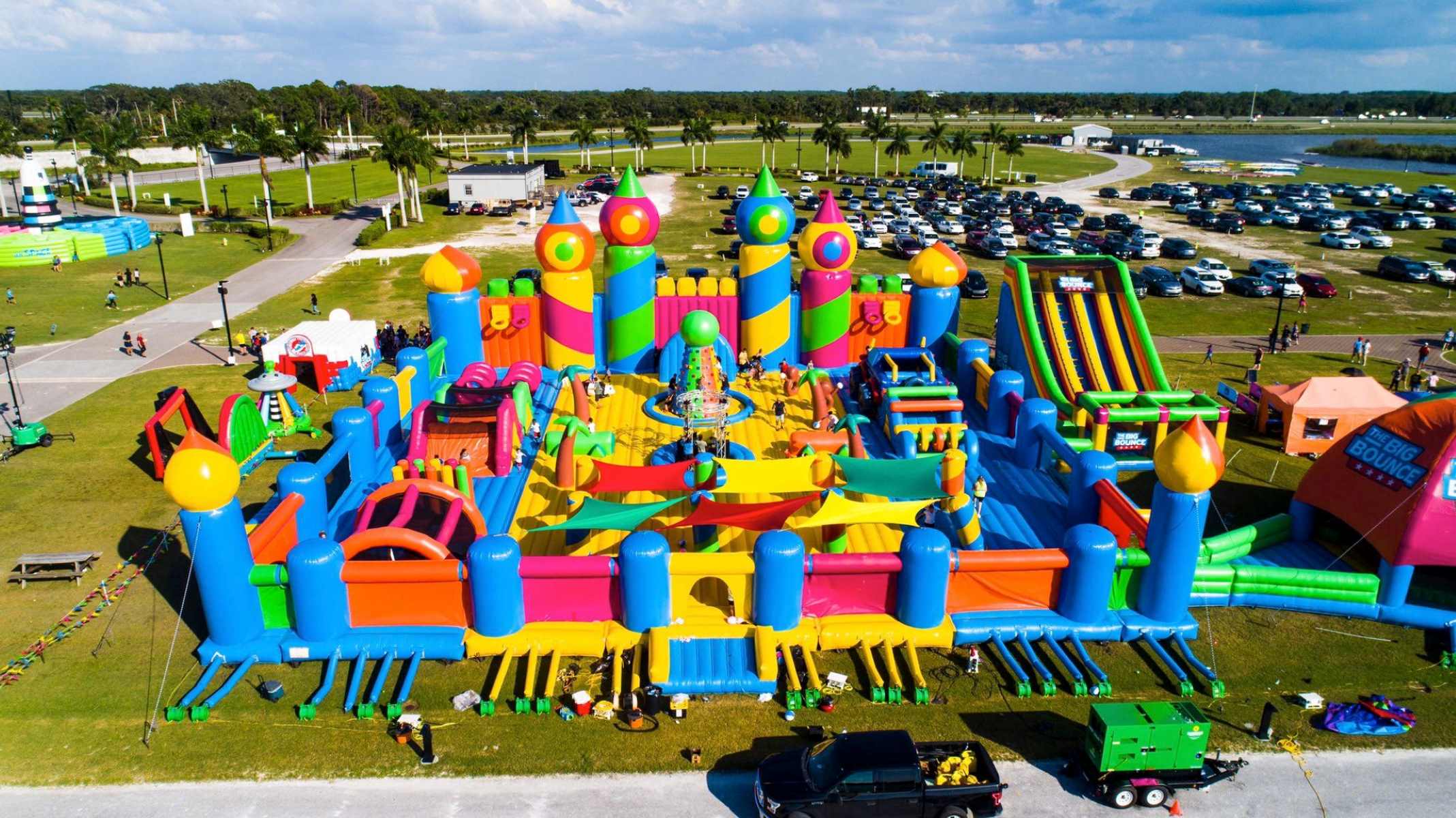
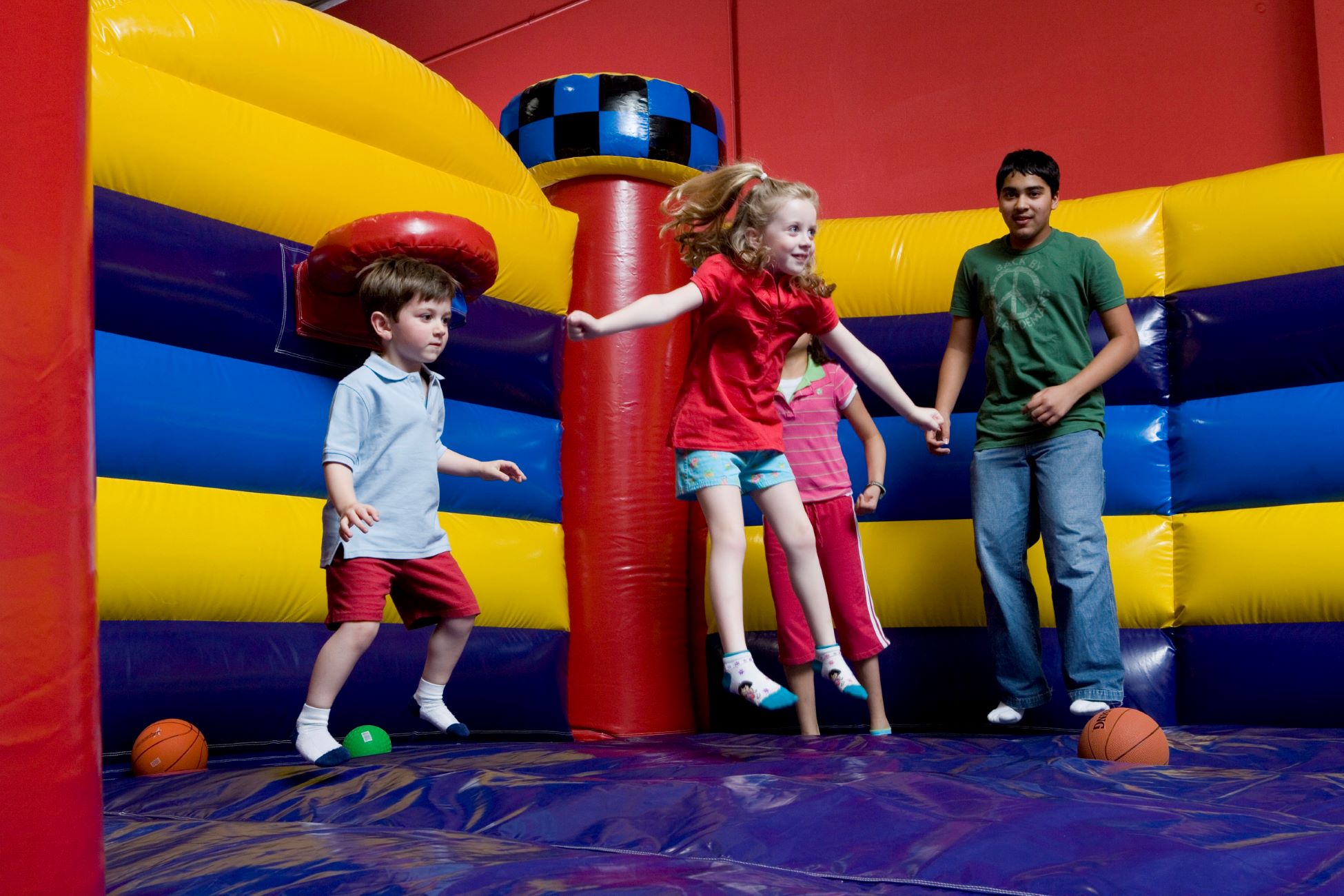
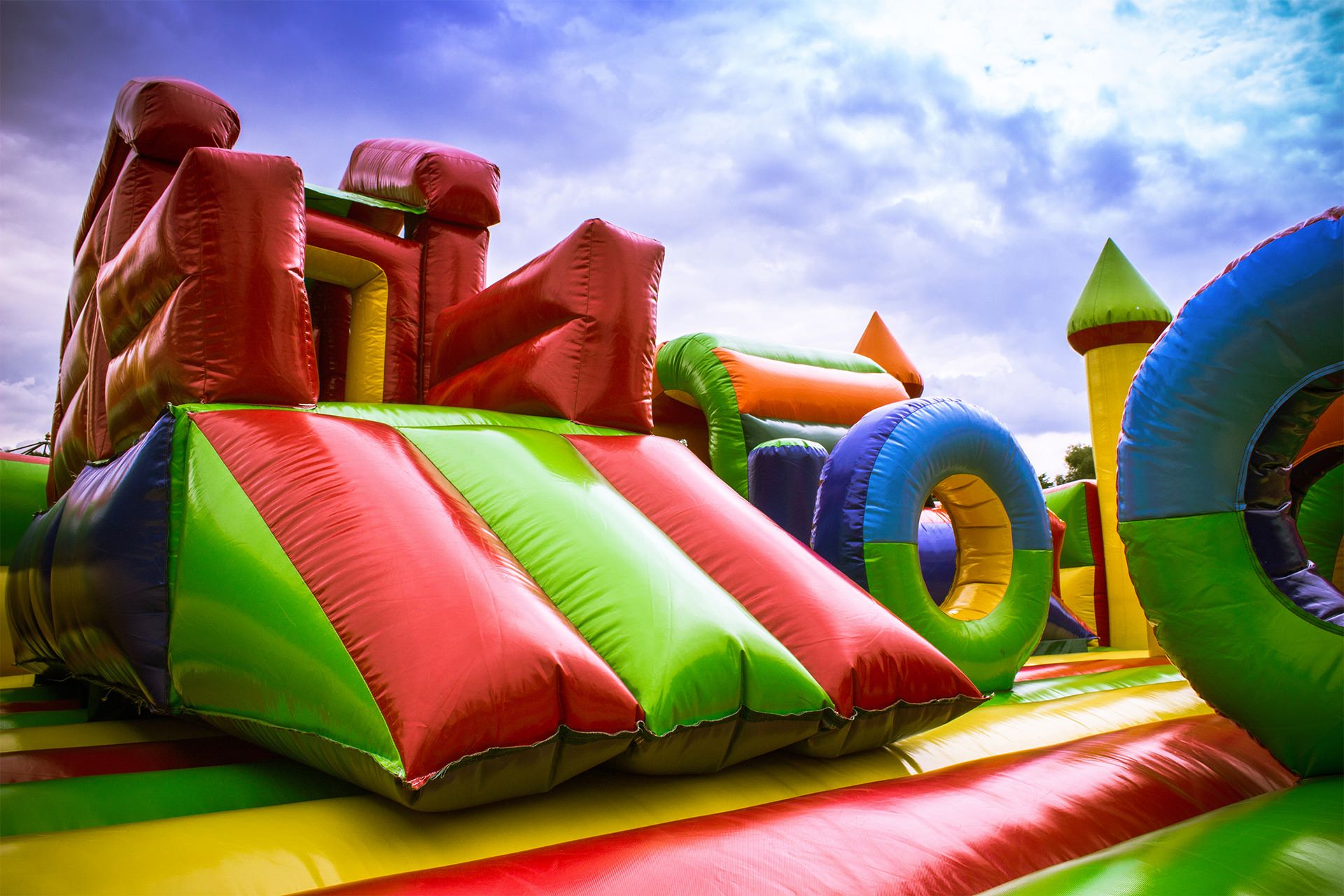
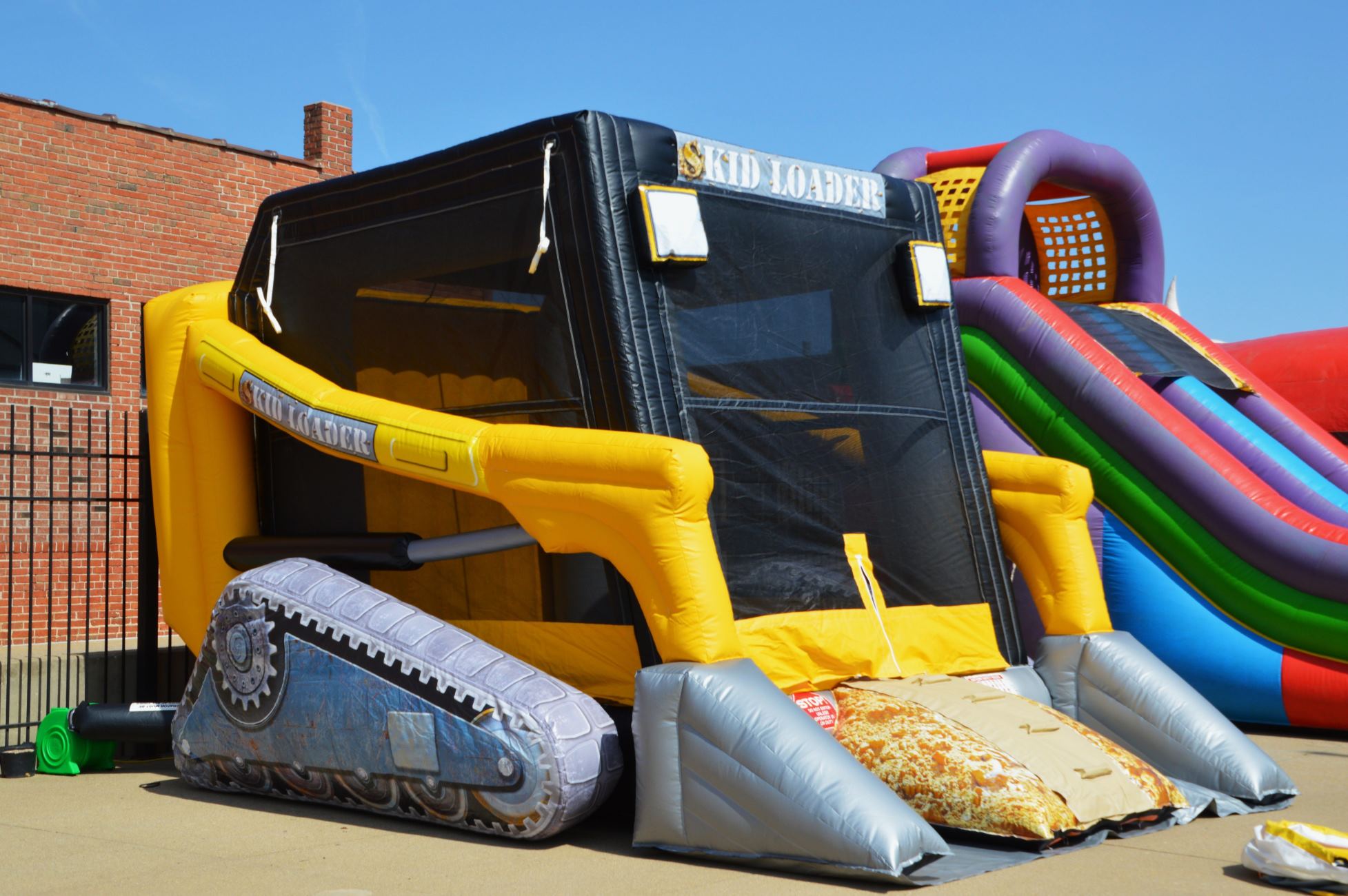
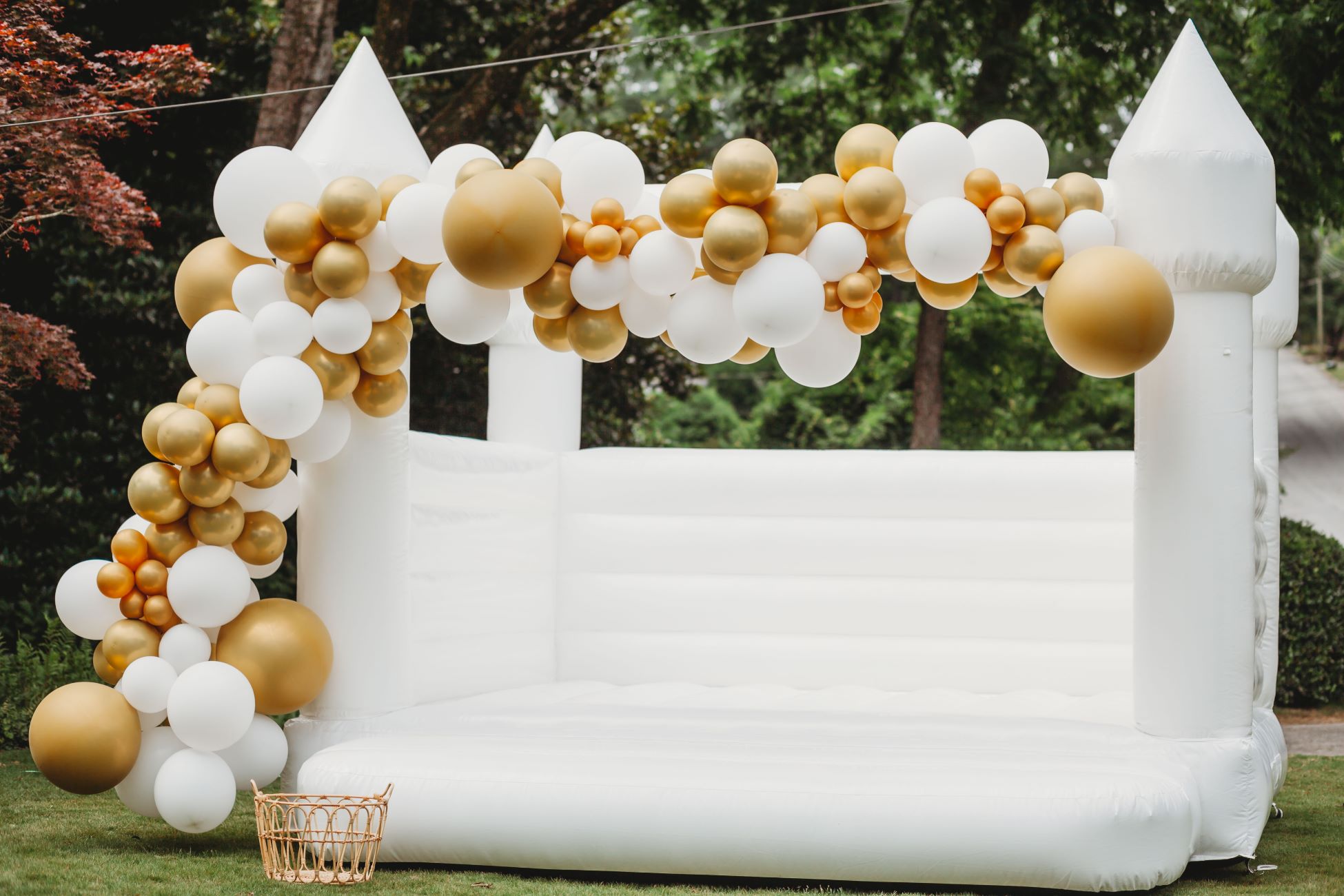
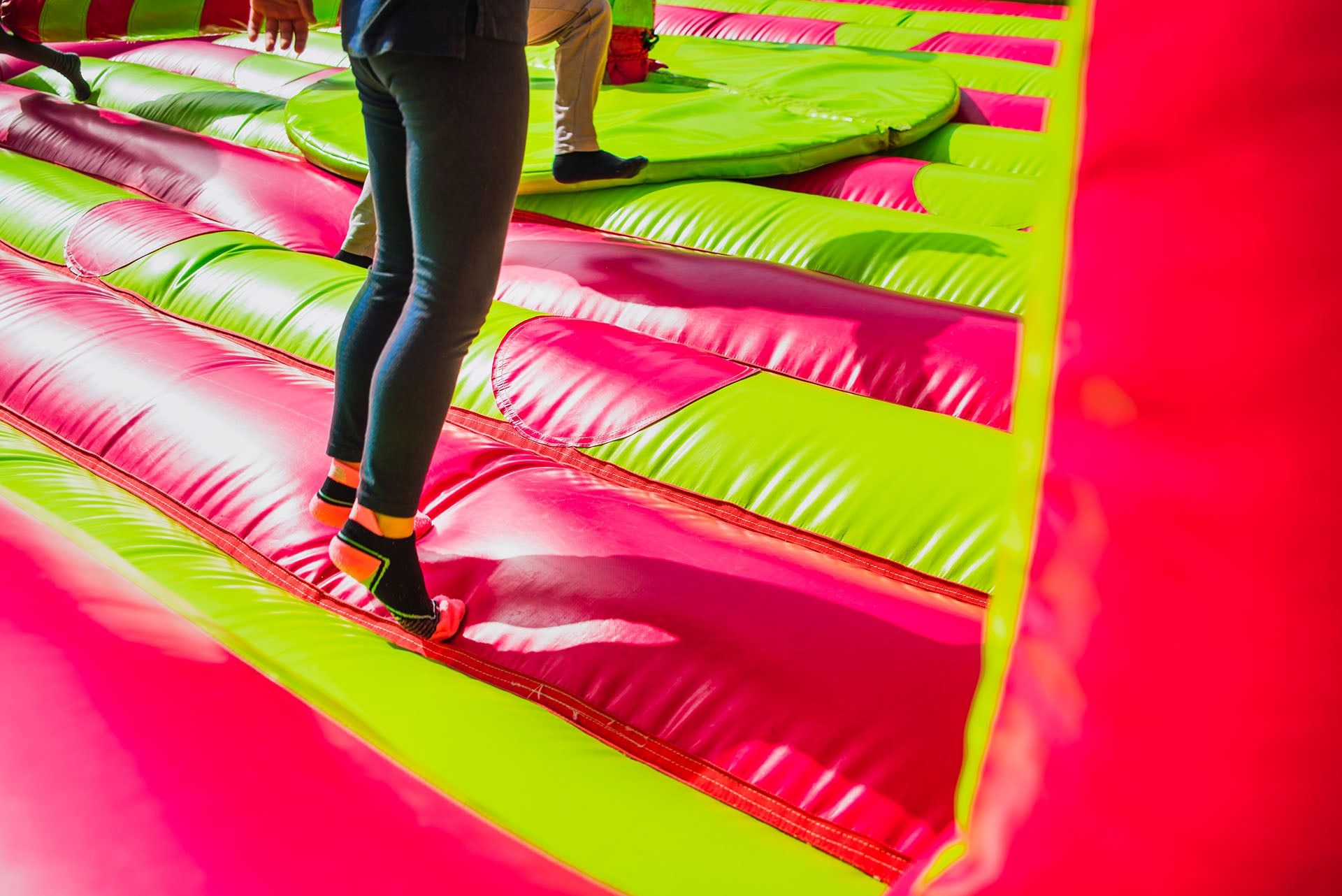
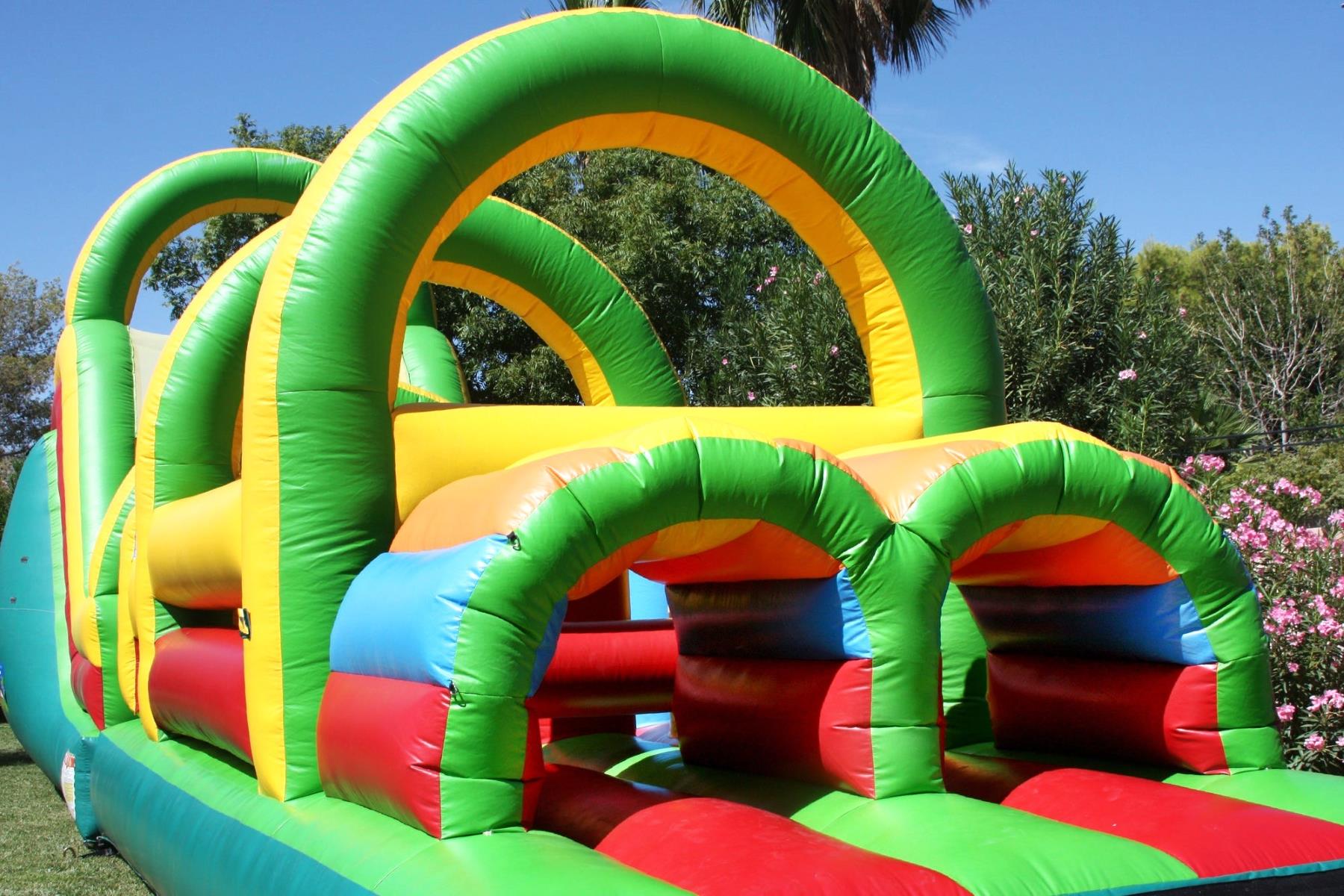
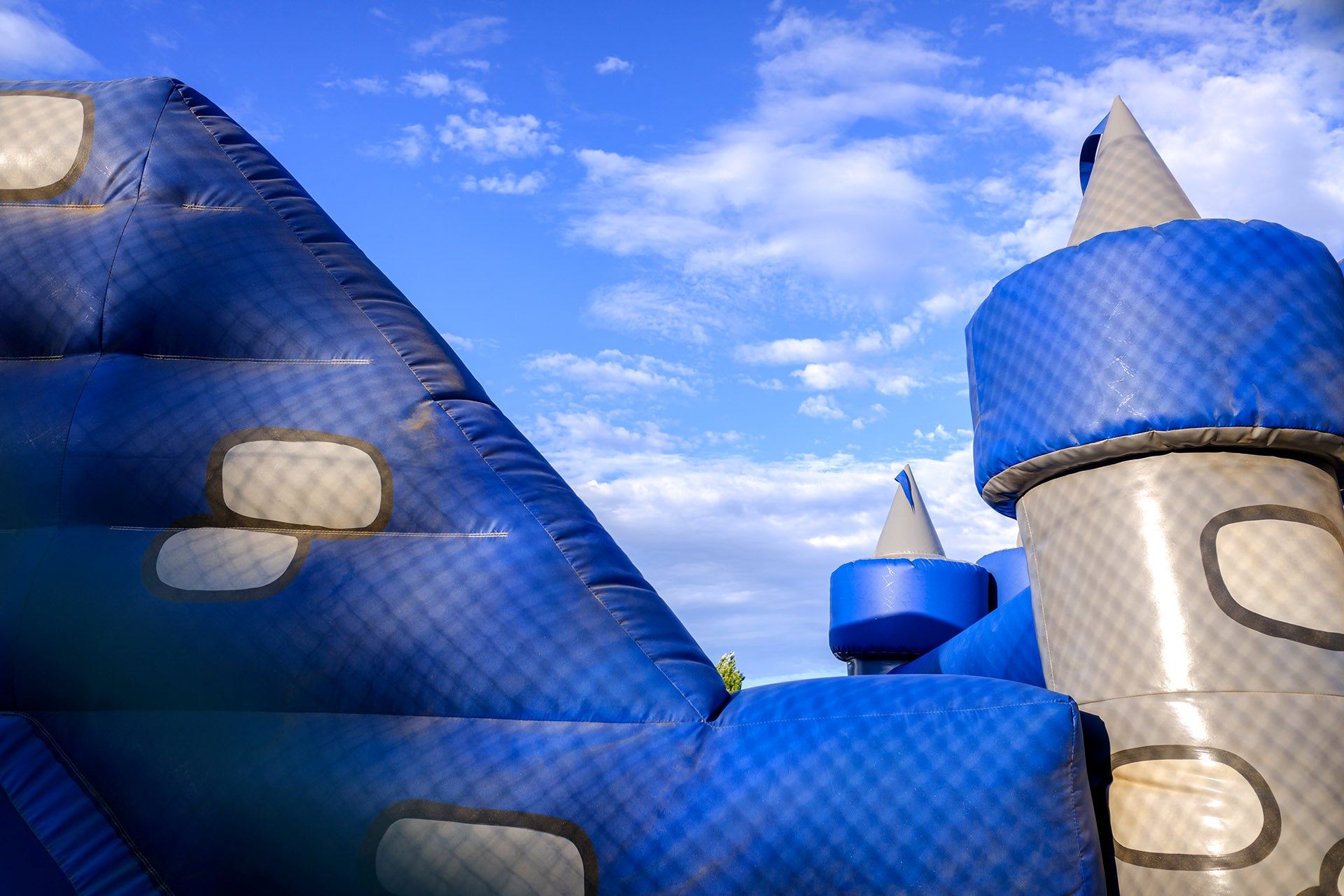
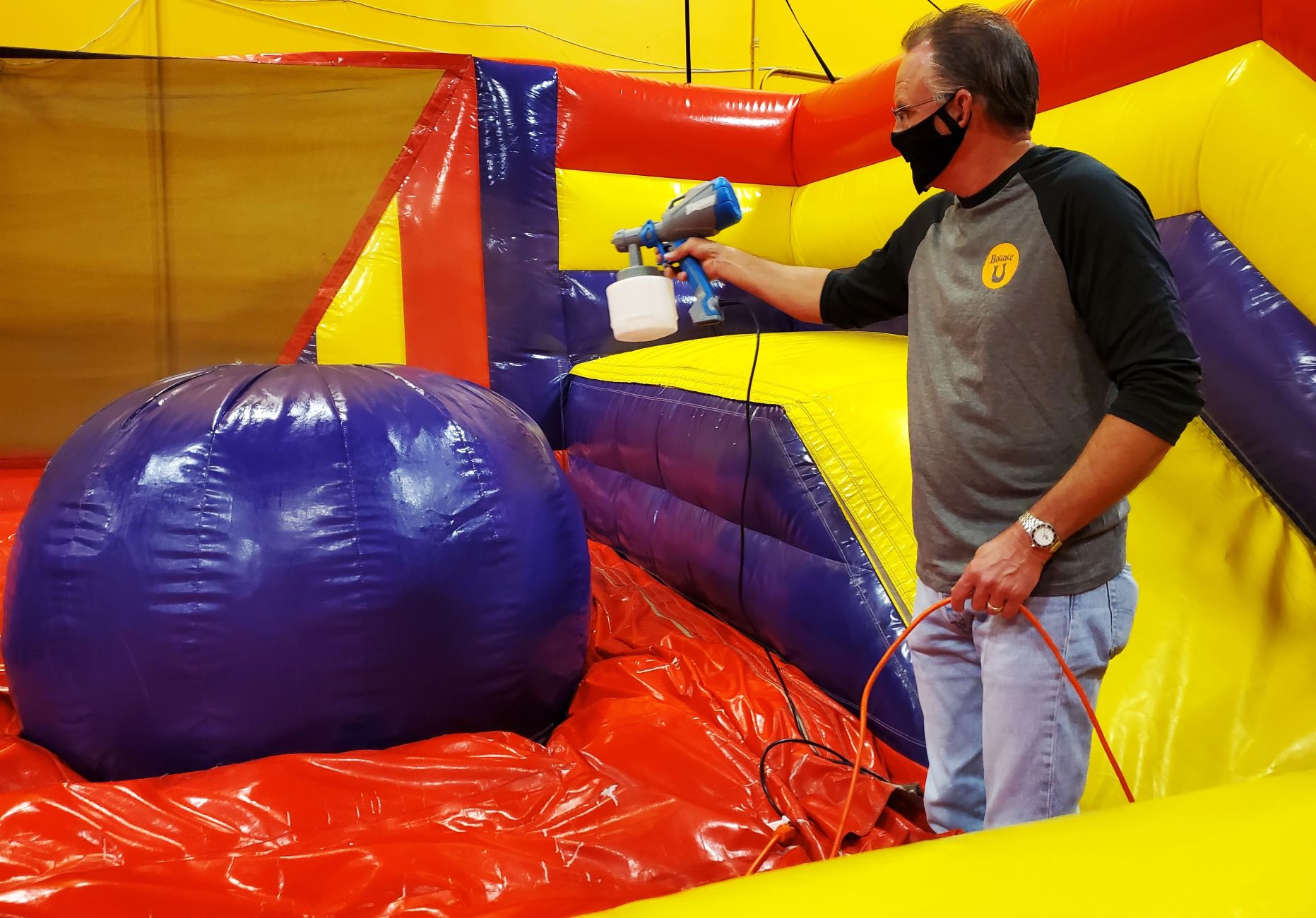

0 thoughts on “How To Store A Bounce House”